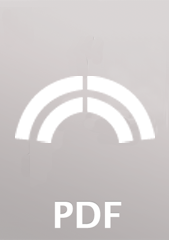PICOMAX (Pulvérisation Ionique et COntamination des MAtériaux spatiauX) is a new experimental platform dedicated to study the mechanisms of degradation of satellite surface materials under the effect of erosion and contamination processes. This platform is composed of two main experimental facilities: PICOMAX-E (for Erosion) and PICOMAX-C (for Contamination). Different physical processes, responsible for the degradation of surfaces by material transfer, are involved in space environment: ionic erosion (due to plasma thrusters), thermal emission of volatile species (outgassing) and deposition processes on inert or radiation activated surfaces (contamination). These effects induce 1/ a loss of material limiting the lifetime of critical components of the satellite such as the Hall thrusters (erosion of the ceramic channel leading to their loss) or the solar panels (total erosion of the silver interconnectors between certain cells leading to the total loss of the panel), 2/ a deterioration of the thermal, optical, or even electrical properties of the satellite's external materials (paints, reflectors, lenses, solar cell glasses) leading to major performance losses.
The objective of PICOMAX-E is to study the erosion mechanisms under ionic and electron irradiation for plasma thrusters application. It allows working with different gas for the plasma source (noble gas like Xe or Ar but also reactive gases like CO2 or Iodine) for future plasma technologies. The objective of PICOMAX-C is to study the outgassing and contamination processes induced under the effect of high vacuum, temperature and UV radiation effects. It allows the measurement of outgassing, contamination and re-emission rates. We will describe in this presentation the technical characteristics of both chambers.
- Poster




